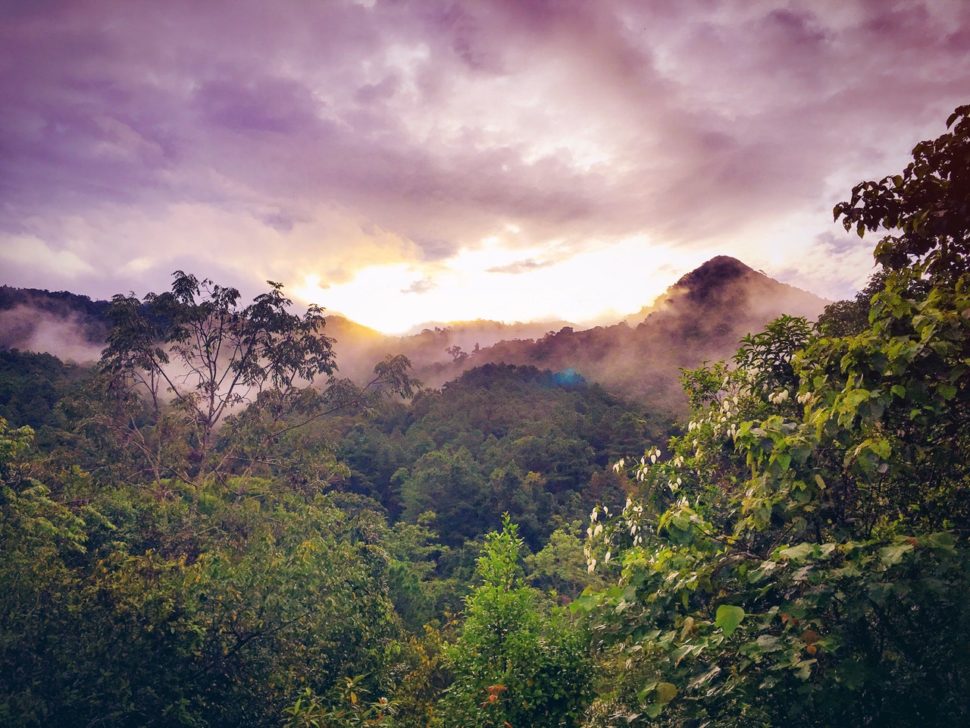The life of many local communities around the world depend on forests. Nearly a quarter of the world’s population, 1.6 billion people, depends on forests for their livelihoods. And as much as 90% of energy needs in many developing countries are met through fuelwood.
But beyond having a significant bearing on the life of people, forests support biodiversity and the environment.
They provide habitat for animals, prevent erosion of the soil, regulate watershed, and play a vital role in the fight against climate change.
Over 40-years, a single tree can capture more than 1 ton of carbon — although a mechanical tree largely outperforms them on that front.
But forests are dying at a worrying pace.
Restoring forests using conventional methods, that’s to say by hand is an arduous and slow task. This is where tree-planting drones come in.
Read More: 15 Million Hectares of Amazon Rainforest at Risk
Tree-Planting Drones: Next-Gen Planting Solutions
BioCarbon Engineering makes drones that provide innovative planting solutions to tackle “large-scale ecosystem restoration projects.”
The startup also provides ecosystem restoration services such as mapping, data analytics, direct seeding, and precision pod planting.
The swarms of BioCarbon’s tree-planting drones have been put to the real-world test last September in Myanmar where they planted mangroves. Now, the tiny mangrove seedlings have grown into 20-inch-tall young trees.
“We now have a case confirmed of what species we can plant and in what conditions,” says Irina Fedorenko, BioCarbon’s co-founder “We are now ready to scale up our planting and replicate this success.”
BioCarbon is using drones for tree planting in the UK, and Australia where it runs mine rehab operations. For its project in Myanmar, the startup has partnered with Worldview International Foundation.
This nonprofit foundation has recruited the help of locals to plant trees by hand, and they were willing to get in the mud to plant five million seedlings since 2015, or 2,000 hectares of restored land.
As big of an achievement this is, it will take from villagers a lifetime to plant the required billion trees to restore 350,000 hectares of coastal forests.
After gathering aerial mapping and topography data of the area, the tree-planting drones combine them with satellite data to determine the best locations to plant the seeds. Then they fire “seed missiles” or biodegradable pods, containing a germinated seed and the nutrients it will need before growing its root system.
Theoretically, 10 drones operated by two people can plant 400,000 trees per day.
“The project in Myanmar is all about community development and enabling people to care for trees, providing them with jobs, and making environmental restoration in a way that it’s profitable for people,” says Fedorenko. “The forest didn’t vanish by itself—the forest was cut down by local people.”



















Comments (0)
Most Recent